Solar Testing As Per IS/IEC 61701:2011 Standards

Solar panel testing, as per the IS/IEC 61701:2011 standard, is required to check the resistance of solar panels to corrosion caused by salt mist. This test is essential, especially in coastal and humid areas. Manufacturers, quality inspectors, and project developers often seek the help of this testing method to produce durable and high-performance products. This guide will be your one-stop solution to tell you about the essence of solar testing as per IS/IEC 61701:2021 standards.
What is Solar Panel Testing as per IS/IEC 61701:2011 Standards?
Solar testing as per IS/IEC 61701:2011 helps users to check the resistance of solar products to salt mist corrosion. This testing is required such as solar panels, modules, junction boxes, connectors, and mounting systems. Industries improve the lifespan, performance, and safety of their products with the help of solar testing as per IS/IEC 61701:2021 standard.
Main Solar Panel Tests as per IS/IEC 61701:2011
We have several types of solar Panel testing for different requirements of products. Each type of testing is carried out by testing experts in an advanced state-of-the-art laboratory. Here is a list of the main solar panel tests as per IS/IEC 61701:2011 for products such as solar panels, models, junction boxes, connectors and mounting systems:
Salt Mist Corrosion Test
Salt mist corrosion testing is a type of solar testing done to check how well solar panels resist salt in coastal and humid areas. This technique is helpful because it ensures they won’t rust or become damaged by salty air over time. The salt mist corrosion testing is performed on solar panels, connectors, junction boxes, and mounting systems. That is used in the solar energy, marine, construction, and electronics industries to ensure corrosion resistance.
UV Exposure Test
A UV exposure test exposes solar panels to ultraviolet (UV) light to see how sunlight affects them. This solar panel testing solution helps ensure long-term durability and performance, even in intense sunlight. Solar energy manufacturers perform this test by exposing solar panels to ultraviolet (UV) light to see how sunlight affects them. This insurance provides long-term performance and durability even in strong sunlight. UV exposure tests are performed on solar panels, plastics, coatings, and outdoor materials. Industries such as solar energy, automotive, construction, and packaging need to ensure product durability in sunlight.
Thermal Cycling Test
Thermal cycling testing is important to check the heating and cooling properties of solar panels. In this test, panels are repeatedly heated and cooled to see how they handle temperature changes. This test checks for cracks or damage caused by expansion and contraction over time. Thermal cycling tests are performed on solar panels, batteries, electronics, and automotive parts. The solar, automotive, aerospace, and electronics industries need to check remoteness under temperature changes.
Damp Heat Test
Damp heat testing is another type of solar testing that is performed on solar panels by exposing them to hot conditions for a long period. This test helps users know how moisture and heat affect their performance and durability. This energy efficiency testing is performed on solar panels, modules, junction boxes, and connectors. It is used in the solar energy, electronics, and automotive industries. This ensures durability even in humid conditions.
Mechanical Load Test
Mechanical load testing involves pressing your solar panels with weight or wind force to test their strength. It ensures that solar panels can handle snow, storms, or strong winds without breaking. There are many products on which this test is performed, such as solar panels, mounting systems, and glass covers. Load mechanical testing is used in the solar energy, construction and manufacturing industries. This energy and efficiency testing ensures the strength of the product even under wind and snow pressure.
The Requirement in Solar Testing As Per IS/IEC 61701:2011 Standards
When doing solar testing as per IS/IEC 61701:2011 standards, you must follow specific steps to ensure your product meets the required standards. This will help you keep your product up to standards and obtain legal certifications, and gain trust in the market. Solar testing, as per IS/IEC 61701:2021 standards, has these requirements:
Test Chamber with Salt Mist Environment
One important requirement for solar testing is salt mist. You need a special chamber that creates salty air, like the kind found in coastal or humid places, to do the test. This chamber tests solar panels’ ability to resist corrosion by pouring a fine salt solution onto them. The environment chamber will be controlled to give real-world conditions. Whether it is temperature or humidity, it should be the same as in the real world. This setting helps users to accurately test the durability of panels when exposed to salty air for a long time.
Testing Duration and Cycles
When testing, it is also worth noting that you must follow the test duration and cycles as per the standards. This test involves multiple cycles of salt spray followed by a drying process. Each cycle has a fixed duration, usually 96 hours of salt spray exposure followed by 7 days of dry storage. Adhering to the duration mentioned as per the standard is important to simulate real-life weather conditions where panels face both moist and dry periods. The goal is to inspect for any physical and electrical damage that may have occurred from this repeated exposure.
Classification Based on Severity Levels
The standard IS/IAC 61701:2011 classifies solar panels into different levels based on their resistance to salt mist. There are six severity levels (1 to 6), with level 6 being the most resistant. These levels are chosen based on where the solar panels are being used. For example, panels for coastal or island regions must meet higher levels. This classification helps buyers and developers choose the right panels for their projects. This ensures longevity and performance in specific environments.
The Bottom Line
It doesn’t matter whether you want durability or high performance; for every purpose, solar panel testing is necessary for your solar products and other products. Industries like renewable energy, solar farms, and construction use solar panel testing to ensure product durability in coastal or humid areas. This testing is suitable for improving the life span, performance and safety of your products. Benefits include reduced maintenance, improved reliability and compliance with global standards for solar installations in harsh environments.
Categories
Related Blogs
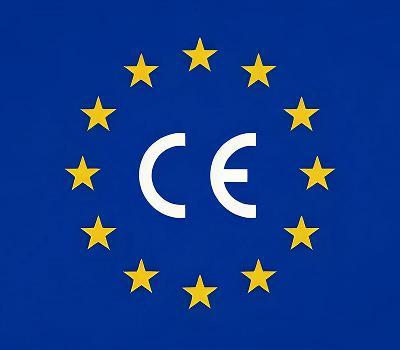
All You Need To Know About CE Certification
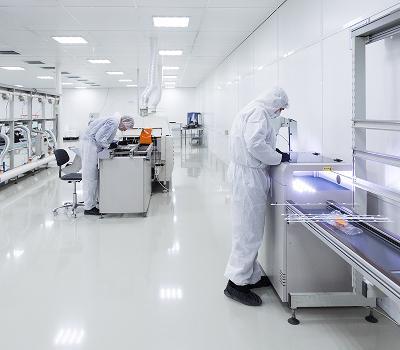
Trusted and Best NABL Accredited Test Lab in Delhi NCR
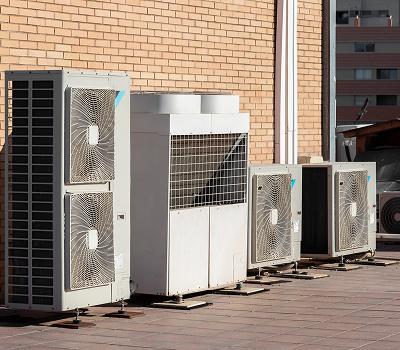
BIS Certification for Ducted and Package Air Conditioners IS 8148:2018
_2019.jpg)
Safety Glass For Road Transport IS 2553 (Part 2):2019
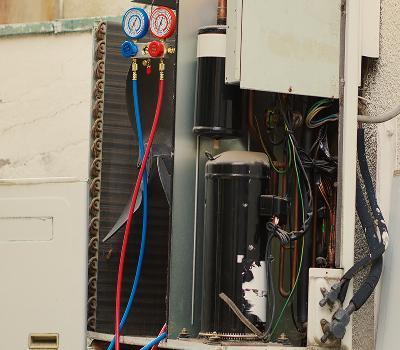
BIS Certification for Hermetic compressor IS 10617:2018
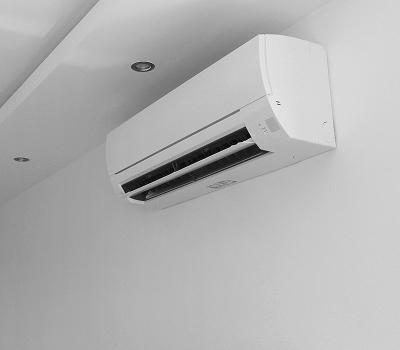
Finned Type Heat Exchangers for Room Air Conditioners – IS 11329:2018
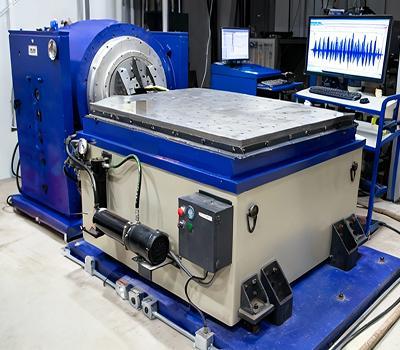
What is Shock and Vibration Testing?
-testing-lab-in-india.jpg)
Best Electromagnetic Field (EMF) Testing Lab in India

Best BIS Testing in Delhi NCR

